10 things we learned about microbes in 2021
Mysterious microbes can be found all around us, and even inside our bodies.

Take a trip to the marvelous world of microbes, where bacteria breathe electricity, neon-yellow slime molds forage for snacks on the forest floor, and thousands of mysterious viruses hang out in your guts. This year, scientists made a slew of fascinating discoveries about the microscopic organisms living in and all around us — Here's a few of our favorite stories.
Thousands of unknown viruses found in human gut
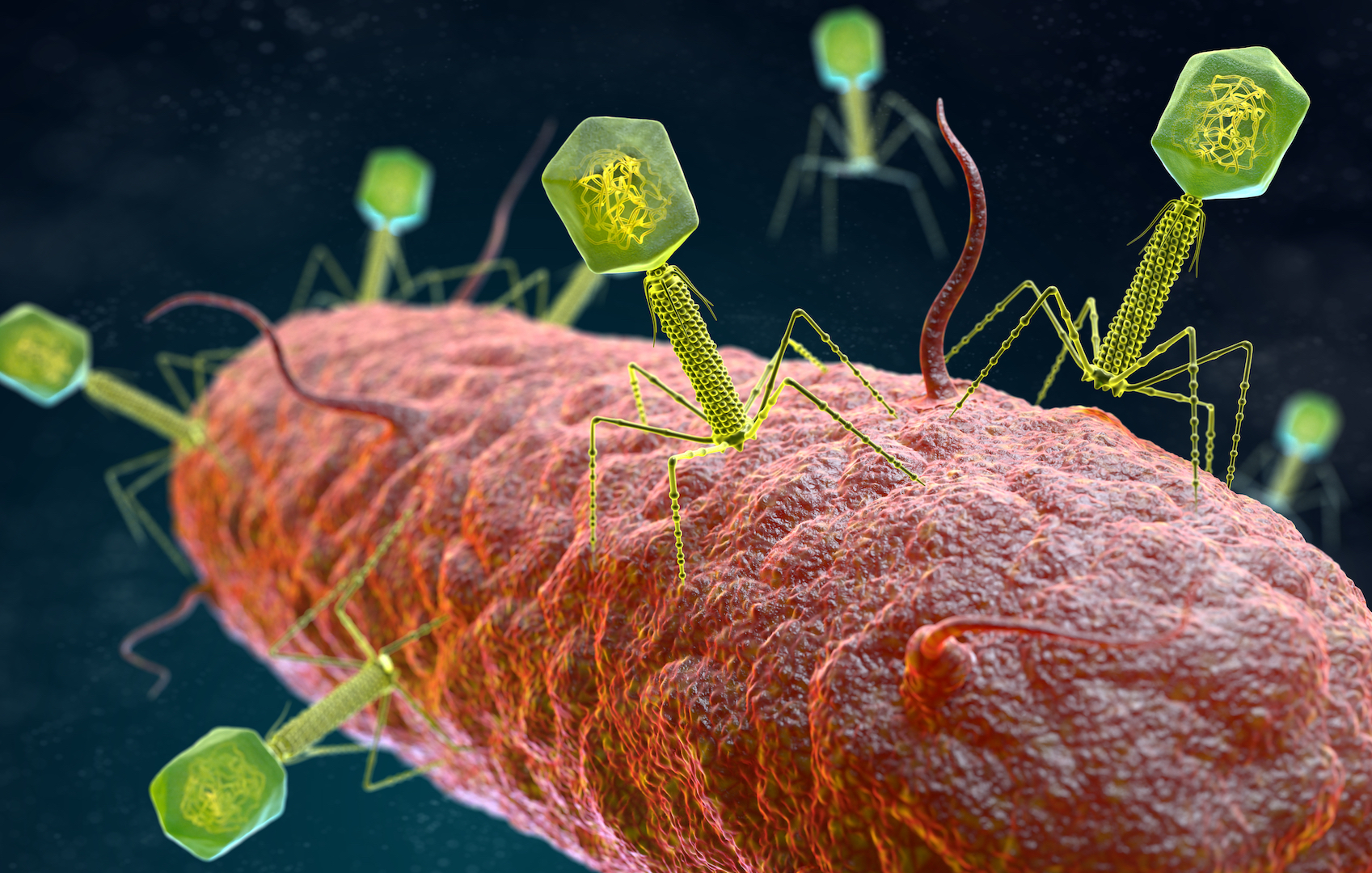
Researchers discovered more than 70,000 previously unknown viruses populating the human gut and infecting the bacteria that live there. They found these viruses using a method called metagenomics, which involves sampling genetic material from a large community of microbes and matching the sequences to specific species. After analyzing 28,000 gut microbiome samples taken from 28 countries, the team identified tens of thousands of newfound bacteriophages, or viruses that can infect bacteria. It's still unclear if and how these bacteriophages affect the body, but the vast majority likely aren't harmful to humans.
Read more: 70,000 never-before-seen viruses found in the human gut
Electric bacteria have an on-off switch
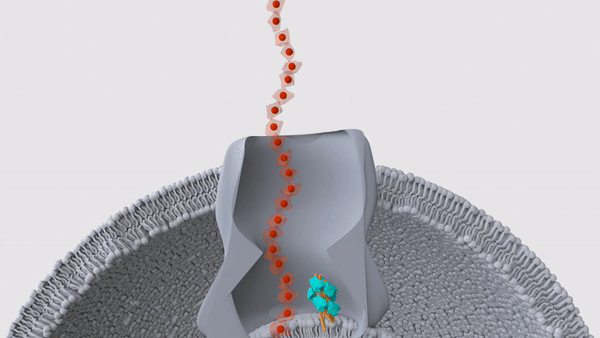
Buried deep beneath the seabed, puny bacteria (Geobacter) exhale electricity through long, thin snorkels. And this year, in a study published Sept. 1 in the journal Nature, scientists discovered how to switch these electric microbes on and off. Within each bacterial cell, hair-like structures called pili sit just beneath the membrane, they found; these pili move like pistons in an engine, pumping up and down. As they pump, the pili push the microbes' snorkels out of the cell, allowing the bacteria to "breathe" a steady stream of electrons. But if you remove the pumping pili, the snorkels stay tucked inside the cell. Having found this on-off switch, the researchers say that the bacteria could someday inspire new technologies, like powerful microbe-powered batteries.
Read more: Scientists discover on-off switch for bacteria that breathe electricity
Rock-munching microbes live beneath Antarctic ice
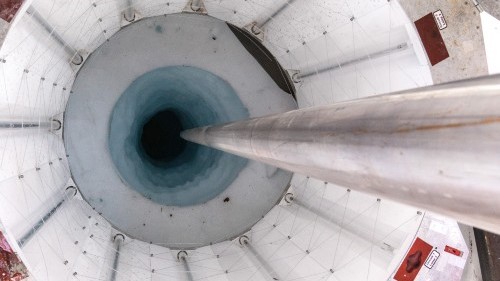
An ice-covered lake in Antarctica hosts a slew of microbes that survive by chowing down on crushed rocks. Researchers discovered this by studying sediment collected from Lake Whillans, a 23-square-mile (60 square kilometers) subglacial lake buried beneath 2,600 feet (800 meters) of ice. The lake undergoes periods of filling and draining, which in turn drive erosion. The team replicated this erosion in the lab and found that the lake sediments released various chemicals, such as hydrogen, methane and carbon dioxide, as well as gases and liquid that had been trapped within the sediment. For every chemical released from the rocks, the team found a group of microbes that have evolved to exploit it for energy.
Read more: Microbes that feast on crushed rocks thrive in Antarctica's ice-covered lakes
Sign up for the Live Science daily newsletter now
Get the world’s most fascinating discoveries delivered straight to your inbox.
Genes from viruses transform bacteria into superbugs
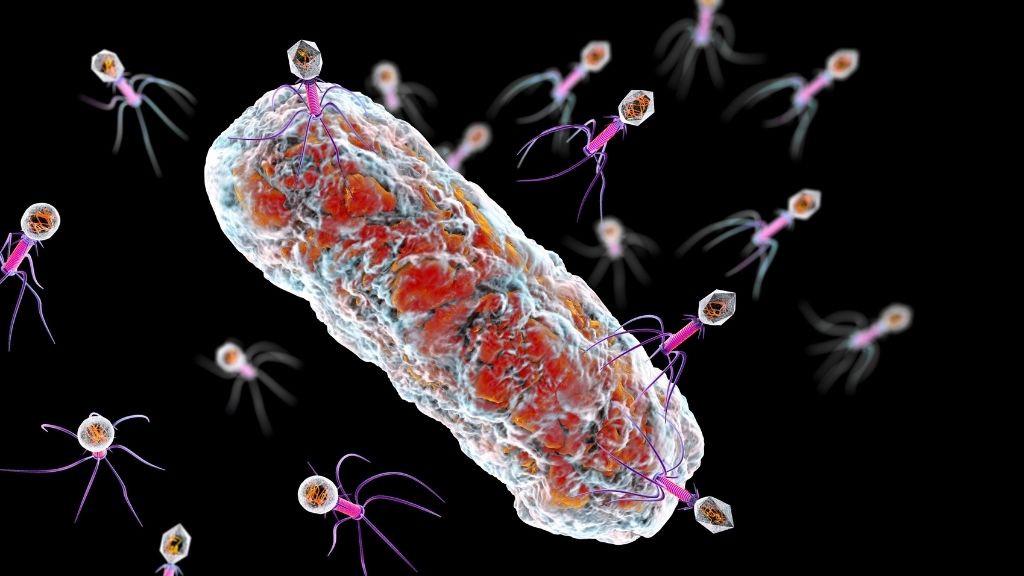
Viruses that infect bacteria can slip their genes into their host's genome and offer them protection against antibiotics.
In a study published July 16 in the journal Science Advances, researchers studied Pseudomonas aeruginosa, a type of bacteria that ranks among the leading causes of hospital-acquired infections. The team pitted six different strains of P. aeruginosa against one another in an animal model, to see which ones became dominant; they did this to figure out why some P. aeruginosa infections tend to be more difficult to treat than others. Two strains came out on top, and in the winners' DNA, the team found snippets of viral genetic material that seemed to help the bacteria form biofilms — clusters of bacterial cells that secrete a slimy shield and slow down their metabolisms. Biofilms protect bacteria from both the host immune system and antibiotic treatments, hinting that viruses may sometimes help transform bacteria into drug-resistant superbugs.
Read more: Genes from tiny viruses can turn bacteria into superbugs
Ancient microfossil contains oldest known land fungus

Scientists uncovered fossilized threadlike filaments in rocks from China's Doushantuo Formation in Guizhou Province; these tiny tendrils, invisible to the naked eye, may be the world's oldest evidence of a fungus growing on land. The research team found these microfossils by taking 0.002-inch-thick (50 micrometers) slices of rock and placing them under a microscope; this revealed thin, branching filaments about 1/10 the width of a human hair and tiny spheres that could be interpreted as fungal spores. The fossil is about 635 million years old, meaning it would have formed during a frigid period known as "snowball Earth." The appearance of land fungi at that time may have helped reshape the planet's geochemistry and support the emergence of new ecosystems as Earth thawed out.
Read more: 635 million-year-old fossil is the oldest known land fungus
Ancient DNA shows common cold virus may predate Homo sapiens
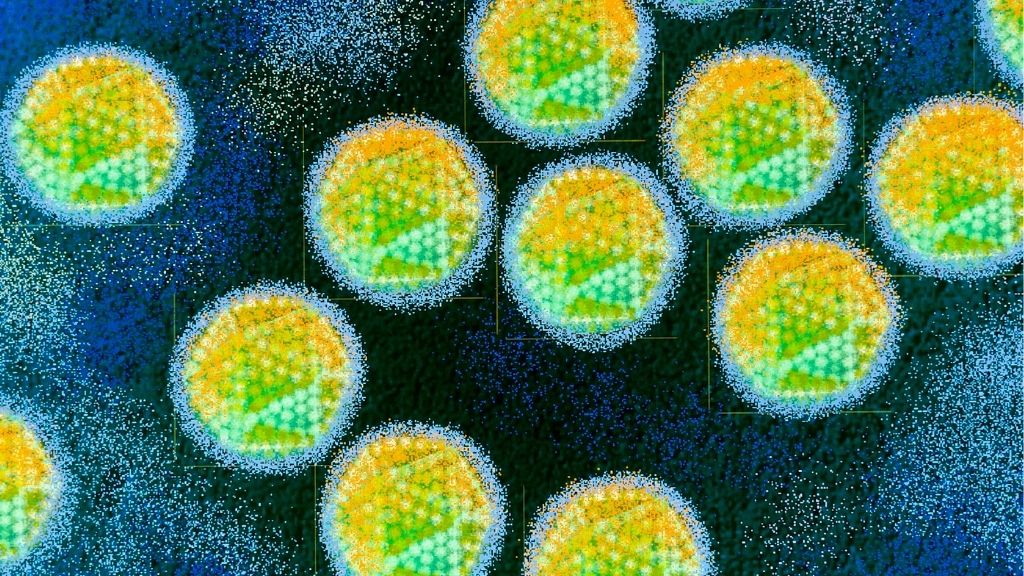
Scientists uncovered bits of viral DNA in two 31,000-year-old baby teeth and reconstructed the evolutionary history of the pathogens. Among their findings, they discovered that the human adenovirus C (HAdV-C), a species of virus that typically causes mild, cold-like illnesses in children, may have originated more than 700,000 years ago. Homo sapiens, meanwhile, are thought to have first emerged roughly 315,000 years ago, based on the oldest known fossil evidence. They based this conclusion off their analysis of two "nearly complete" HAdV-C genomes found in the baby teeth, which they compared to modern-day adenoviruses sampled between the 1950s and 2010s.
Read more: Common cold virus may predate modern humans, ancient DNA hints
Microbes from cow stomachs can break down plastic

Bacteria drawn from cows' stomachs are capable of breaking down certain plastics, such as the polyethylene terephthalate (PET) used in soda bottles, food packaging and synthetic fabrics.
Cows consume and digest a natural polyester produced by plants, called cutin, so scientists suspected that the microbes in animals' tummies may carry microbes that can also digest synthetic polyesters, like PET. They fished such microbes from the cow rumen, the largest compartment of the animal's stomach, and found that the bugs produced enzymes that could cut through PET, as well as two other plastics: polybutylene adipate terephthalate (PBAT), used in compostable plastic bags, and polyethylene furanoate (PEF), made from renewable, plant-derived materials. Scientists have discovered similar plastic-eating enzymes in the past, but not in cows.
Read more: Microbes in cow stomachs can help recycle plastic
Bacteria that are invisible to the human immune system

Scientists discovered bacteria in the central Pacific Ocean that are invisible to the human immune system. They found the bugs lurking about 1,650 miles (2,655 kilometers) southwest of Hawaii and 13,100 feet (4,000 meters) underwater, in a remote region that would have little contact with mammalian life. The team used a remote submarine to collect marine bacteria from samples of water, sponges, sea stars and sediments, and then cultured the bacteria back in the lab. They then exposed mouse and human immune cells to the bacteria, and strikingly, they found that 80% of the microbes, mostly belonging to the genus Moritella, escaped the cells' detection. This finding topples a long-held assumption that the human immune system evolved to detect any and all microbes, because this vigilance would help us quickly spot and fight off infectious bugs.
Read more: Scientists find deep-sea bacteria that are invisible to the human immune system
How brainless slime molds store memory
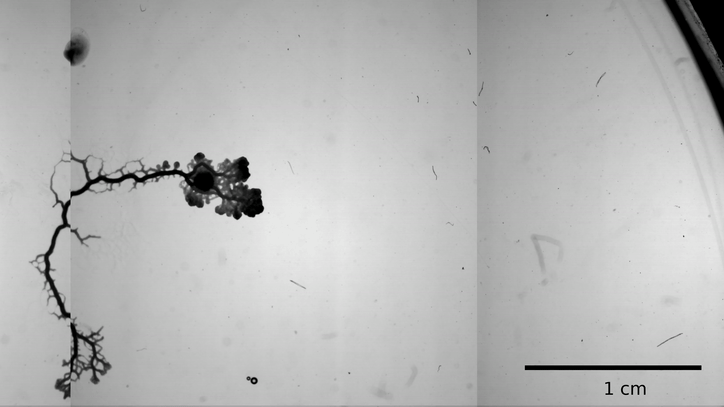
Slime molds belong to the same taxonomic group as amoebas, and despite lacking a brain, the single-celled organisms have a simplistic form of memory. And in February, scientists uncovered a new clue as to how the brainless blobs pull off this feat.
Slime molds can either exist as one tiny cell, with one nucleus, or as a gargantuan cell with many nuclei; these huge cells form tubular networks that move fluid, chemicals and nutrients around the whole organism. Scientists found that, in the neon-yellow slime mold Physarum polycephalum, the relative widths of these tubes can encode information. For instance, when the slime mold detects and engulfs a morsel of food, it leaves an "imprint" of thick tubes where the food once sat; this then influences which direction the blob can move next.
Read more: This gooey, brainless blob can store memories
Microbes lurking in lakes beneath Antarctic ice

More than 400 subglacial lakes lie beneath the Antarctic ice sheet, beyond the reach of sunshine. But thanks to geothermal heat flux — the flow of heat from the Earth's interior — scientists think that a teeming community of microbes may thrive in these pitch-black ecosystems.
Although they're cut off from the sun's heat, heat from the planet's interior warms the underside of these lakes; this drives "vigorous" convection currents that stir up the water, liberating minerals from the sediment below while capturing oxygen and minerals from higher regions of the water column. The flow of oxygen- and mineral-rich water through the lakes should, theoretically, help fuel microbial growth, and the team plans to test this on a future expedition to a subglacial lake called Lake CECs, named after the Chilean scientific center Centro de Estudios Científicos.
Read more: Lakes beneath the Antarctic ice could be teeming with microbial life
Originally published on Live Science.

Nicoletta Lanese is the health channel editor at Live Science and was previously a news editor and staff writer at the site. She holds a graduate certificate in science communication from UC Santa Cruz and degrees in neuroscience and dance from the University of Florida. Her work has appeared in The Scientist, Science News, the Mercury News, Mongabay and Stanford Medicine Magazine, among other outlets. Based in NYC, she also remains heavily involved in dance and performs in local choreographers' work.










